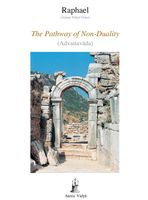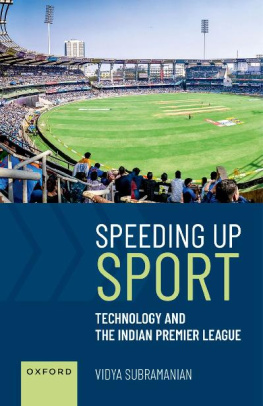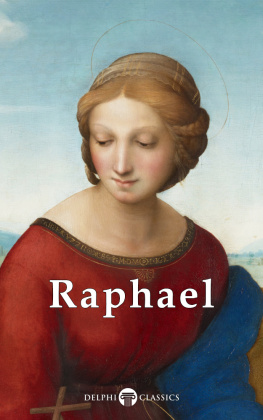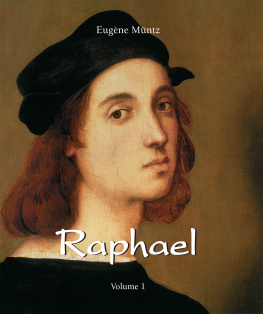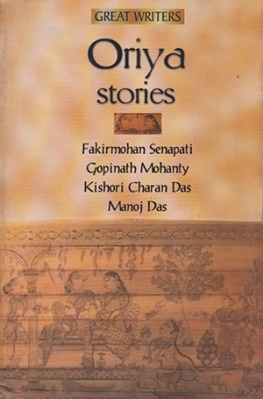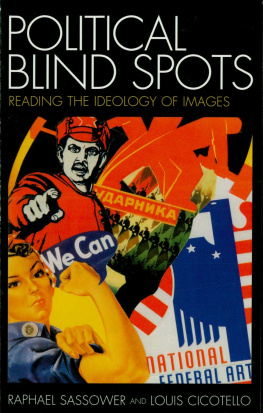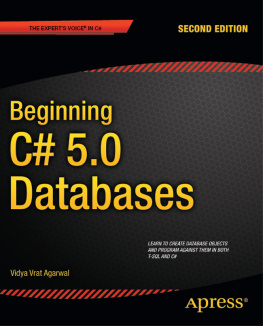Asram Vidya Order Raphael - Pathway of Non-Duality
Here you can read online Asram Vidya Order Raphael - Pathway of Non-Duality full text of the book (entire story) in english for free. Download pdf and epub, get meaning, cover and reviews about this ebook. genre: Religion. Description of the work, (preface) as well as reviews are available. Best literature library LitArk.com created for fans of good reading and offers a wide selection of genres:
Romance novel
Science fiction
Adventure
Detective
Science
History
Home and family
Prose
Art
Politics
Computer
Non-fiction
Religion
Business
Children
Humor
Choose a favorite category and find really read worthwhile books. Enjoy immersion in the world of imagination, feel the emotions of the characters or learn something new for yourself, make an fascinating discovery.
- Book:Pathway of Non-Duality
- Author:
- Genre:
- Rating:4 / 5
- Favourites:Add to favourites
- Your mark:
- 80
- 1
- 2
- 3
- 4
- 5
Pathway of Non-Duality: summary, description and annotation
We offer to read an annotation, description, summary or preface (depends on what the author of the book "Pathway of Non-Duality" wrote himself). If you haven't found the necessary information about the book — write in the comments, we will try to find it.
Pathway of Non-Duality — read online for free the complete book (whole text) full work
Below is the text of the book, divided by pages. System saving the place of the last page read, allows you to conveniently read the book "Pathway of Non-Duality" online for free, without having to search again every time where you left off. Put a bookmark, and you can go to the page where you finished reading at any time.
Font size:
Interval:
Bookmark:
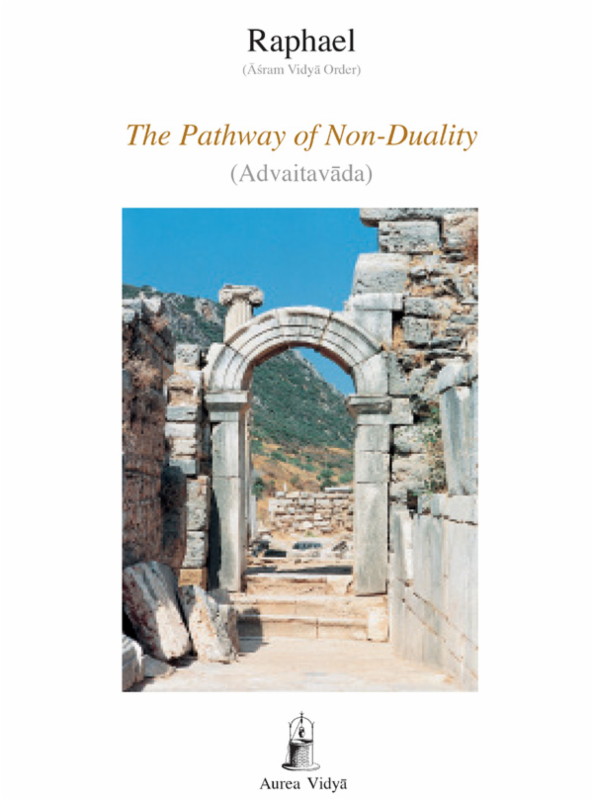
Aurea Vidy Collection*
For a complete List of Titles, see page 131
This book was originally published in Italian as Il Sentiero della Non-dualit (Advaitavda) by Associazione Ecoculturale Parmenides (formerly Edizioni ram Vidy), Rome, Italy
First Published in English in 2016 by
Aurea Vidy
39 West 88th Street
New York, NY 10024
All Rights ram Vidy
Via Azone 20 00165 Rome, Italy
The proceeds from this book to which there are no Author's rights will be used for reprints. The contents of this book may not be reproduced in any form without the written permission of the publisher, except for the quotation of brief passages in criticism, by citing the source
ISBN 978-1-931406-21-5
Library of Congress Control Number 2016906618
On the cover, Gate of the Odeon in the ancient city of Ephesos
RAPHAEL
(ram Vidy Order)
(ADVAITAVDA)

AUREA VIDY
The unreal cannot have the unreal as its cause, nor can the real have the real as its cause, nor can the real have the unreal as its cause, nor, [finally], can the unreal have the real as its cause.
Gauapda
Foreword
Non-dualism, dualism, and monism
Real and unreal
Ajtivda and Asparavda
Parmenides and his vision
Advaita Vednta
Metaphysical realization
The three states of Being
My
Experiencer and experienced
The fall of the Soul
What it is that transmigrates
Analogy and identity, symbol and thing symbolized
Karma or the law of cause and effect
The siddhis
This work, which we are offering in particular to the attention of those who are Lovers of Wisdom (Philosophers), comprises a series of dialogues with Raphael concerning some essential aspects of Non-duality.
Raphael is a seeker, a philosopher who has realized Asparavda, the path without support or relationship, keeping alive that Advaita tradition whose most representative restorers, from the two perspectives of realization and teaching, were Gauapda and akarcrya. In their written work, these two codified the fundamental principles of Asparavda (Ajtivda) and of Advaita Vednta.
Gauapda's Ajti (non-generation) and akarcrya's Advaita (non-duality) were the high points for Raphael, because in Advaita Vednta., and subsequently in Orphism, Platonism, Neoplatonism, the Cabala, and Hermeticism, he rediscovered the metaphysical conclusions which he had already reached.
Even as a child, Raphael felt a yearning to embrace Being. So he undertook an unvarying regimen which slowly brought him within the reach of a spiritual influence. Step by step, and with the removal of obstacles, his consciousness revealed itself as pure essence, devoid of superimpositions.
According to Raphael, Philosophy means complete knowledge and realization, where knowing, the known and the knower perfectly coincide. The true philospher, the lover of wisdom, is the one who realizes the harmony of thought and being which manifests in a particular lifestyle, so that the one who understands, knows how to be master not only of thought but also of life. He reflects the concept of the Greek and Eastern philosopher whose philosophy consisted primarily of self-revelation, an unveiling of the knowledge that has been pursued.
Meeting the Absolute, the Whole (as Plato says), Being rather than becoming, involves a definite subsequent change in all one's normal points of view, in the very meaning of life, and provides a new scale of values. The knowledge of the Whole brings with it a release from chains, an ascent and a conversion of the whole person, a change of life, or, as Raphael often says, a transformation of consciousness.
In conclusion, we would like to point out that in these dialogues there is a consideration, a resolution of a topic which transcends geographical and ideological boundaries in such a way as to be of interest to the whole of humanity. The replies are given by Raphael in the light of the knowledge of Advaita, but with a conceptual terminology that is in harmony with the Western mind and its particular approach to philosophy.
Aurea Vidy
Q. What is the meaning of the following terms that are often used by Vednta: dualism, monism, monotheism, and non-dualism?
A. Every philosophical or cosmological vision which affirms two opposing and mutually irreducible principles to explain the Real is a dualistic vision.
Philosophical dualism is an answer to the problem of Being, which is considered twofold, being made of matter and spirit, of ego and non-ego, eternally in opposition and independent of one another.
Religious dualism, on the other hand, posits two principles in eternal contraposition and antinomy. It explains the presence of evil in the world and the very existence of the world as the outcome of the constant struggle between two eternal principles, the one called Good, the other Evil. These two opposing principles are often personified as God and Satan: the former the expression of Good, the latter of Evil.
Every dualistic concept whether philosophical or religious recognizes, in other words, two distinct causes, or two independent substances, to use the words of Aristotle, which due to their very nature can never meet, never relate or resolve themselves. This implies that at the manifest level all contradictions, all antinomies, which arise and exist, can never be resolved. Two parallel lines, however much they be drawn out to infinity, can never meet.
Evil, considered as an absolute Reality, just like Good, can never be overcome by Good, and vice versa.
Dualism presents from the outset contradictions that cannot be solved or supported.
Philosophical, religious or cosmological monism conceives the multiplicity of manifestations as the effect of a single substance. It is obviously opposed to both dualism and pluralism. According to pluralism, Reality is made not of two but of several substances.
Monism can be compared to the mathematical one from which all numbers derive. The multiplicity of numbers is simply the multiplication of the one.
There is the materialistic monism according to which only one substance exists; matter, and all other categories, including spirit and even consciousness, are the epiphenomena of the one material substance. And there is in total opposition to the former theory spiritualistic monism, for which all can be traced back to a single substance, which is the Spirit.
For monism every existing element of any type and at any level whatsoever is real, because it represents the emanation or multiplication of the sole Reality. From this standpoint we might say that monism is pantheistic. Thus, within the field of monism we have to include Spinoza's pantheism, which declares the oneness of substance and the identity of God and nature.
In realistic pantheism, although all antinomies, such as good and evil for example, go back to the original unity, they must be considered real and therefore they cannot on the plane of manifestation be resolved or transcended. Evil, ignorance, unhappiness, limit, etc., are universal realities about which nothing can be done by man, because they are consubstantial with the One. We can say that the One contains within Itself the dialectics of opposites. All manifested effects, polar or dual as they may be, are contained in the First Cause. This means, naturally, attributing good and evil themselves to the One Principle.
Next pageFont size:
Interval:
Bookmark:
Similar books «Pathway of Non-Duality»
Look at similar books to Pathway of Non-Duality. We have selected literature similar in name and meaning in the hope of providing readers with more options to find new, interesting, not yet read works.
Discussion, reviews of the book Pathway of Non-Duality and just readers' own opinions. Leave your comments, write what you think about the work, its meaning or the main characters. Specify what exactly you liked and what you didn't like, and why you think so.

